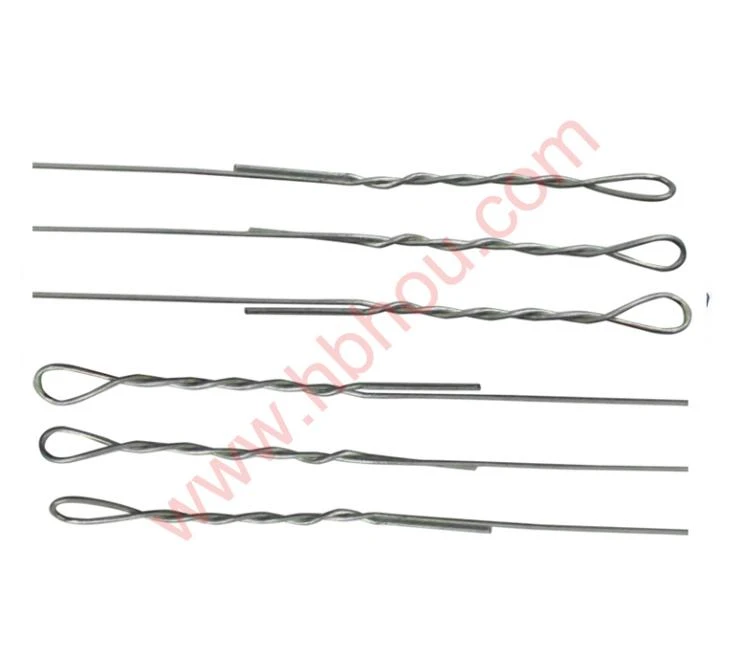Exploring the Importance of Plant Stakes in Gardening
In the world of gardening, the success of our plants often hinges on careful attention to detail—right from the soil type to the amount of sunlight they receive. One such detail that shouldn't be overlooked is the use of plant stakes. Often considered a simple tool, plant stakes play a vital role in supporting plant growth and ensuring overall garden health.
Plant stakes are typically made from various materials, including wood, metal, and plastic, and come in various lengths and thicknesses to accommodate different types of plants. Their primary purpose is to provide support to plants that may be vulnerable to toppling over due to strong winds, heavy rains, or the sheer weight of their foliage and fruit. For young seedlings and fragile plants, a sturdy stake can mean the difference between survival and a crushed stem.
One of the most common applications of plant stakes is with climbing plants such as beans, tomatoes, and cucumber
. These plants naturally cling to supports, and staking allows them to grow vertically. This not only saves space in your garden but also improves air circulation around the plants, thereby reducing the risk of fungal diseases. A well-staked plant is also more likely to produce healthier fruit, as the weight is distributed evenly and does not cause stress to the branches.In addition to supporting climbing plants, stakes also benefit herbaceous perennials, tall annuals like sunflowers, and even some ornamental varieties. For instance, delphiniums and dahlias can become top-heavy and might need staking to maintain their shape and prevent breakage. A simple stake driven into the ground next to these plants can provide much-needed stability as they grow taller.
plant stakes

Installation of plant stakes is relatively straightforward, but timing is crucial. Ideally, stakes should be added when plants are still young, often within a few weeks of planting. This is the point at which their roots are developing, and the risk of damaging the plant with a stake is lower. As plants grow, the stake can be adjusted or additional stakes can be added for increased support.
Gardening experts also recommend varying the types of stakes used for different plants. For example, bamboo stakes are lightweight and work exceptionally well for delicate plants, while thicker metal stakes provide the strength needed for larger, heavier plants. Additionally, there are even decorative plant stakes available that add aesthetic value to the garden while serving their practical purpose.
As sustainability becomes more important in gardening practices, many gardeners are now opting for eco-friendly stakes made from renewable materials. These biodegradable options not only support plants but also break down into the soil, enriching the garden environment for future growth.
In conclusion, while they may seem like a minor component of gardening, plant stakes are an essential tool for ensuring the health and productivity of your plants. They provide necessary support, promote a healthy growth structure, and can even enhance the aesthetic appeal of your garden. So, the next time you prepare to plant, consider the crucial role that plant stakes can play in your gardening experience. With proper use and care, these simple tools can help you cultivate a thriving garden that stands tall and remains resilient against the elements.
















